There’s another way to Change your Job…
>> Struggling with finding your next job?
>> Tired of spinning your wheels applying to jobs on-line and not hearing anything from it?
>> Frustrated that you can’t get the interview, even though you are waaaaaay qualified for the job?
Allow what you Desire to Come to You
I’m a huge fan of Esther Hicks and her Abraham messages. I’ve used her ideas many times to consciously co-create.
Manifesting starts with Believing in Abundance. Knowing that there is Realm of Infinite Possibility you can tap into.
As Esther-Abraham often says, you have to turn on, tap in, and tune up to connect with the Vortex.
(The term Vortex is known by many names- God Consciousness, Source, Life Force, Energy , the Universe etc.)
Once you are powered up and connected to the Vortex, it’s simply a process of allowing what you desire to flow through you.
 The trick is in powering up- holding your thoughts, emotions and energy long enough to really tap into the Realm of Possibility– without letting your fears, doubts, worries, and judgments prevent what you desire from flowing to you.
The trick is in powering up- holding your thoughts, emotions and energy long enough to really tap into the Realm of Possibility– without letting your fears, doubts, worries, and judgments prevent what you desire from flowing to you.
Notice when you go after something but think contradictory thoughts like:
- That will never happen,
- I just don’t seem to get a break,
- This is too hard, I’d better just forget about it
- I’m too old for this
For help stepping through your Self-Limiting Beliefs, keeping your focus, and staying energized during your job search, consider working with a Job Coach.
And now for more on the Art of Allowing…
First and foremost, you’re not trying to find that job. You want to prepare your vibrational atmosphere so it can find you. That’s really the key. Because when you are looking for something that you can’t find, what’s your vibrational stance? I can’t find it. Which means you can’t find it because you can’t find something that’s lost and you can’t find something that you can’t find. You can’t find it. But it isn’t that you can’t find it. It is …. that you are not allowing it.
And the reason that you are not allowing it is because you can’t find it. So what you want to do is think in terms of all that you’ve done. You’ve lived life, you’ve selected carefully, you’ve put things in your vortex, you know what you want. So you can find the feeling of it even though you can’t find the specifics of it.
So when you take the time to find the feeling of it, now you are no longer preventing it from coming.
It’s like this, it’s like everything that you’ve asked for and we’re not kidding you at all about this. This is the way that it is. Everything that you’ve asked for is all queued up and the path is being given to you in the form of ideas. In the form of thoughts.
In other words, Source within you is giving you impulses, thinking about you. Thinking about what you want. Thinking about the full fruition of what you want. So there is a steady stream of path coming to you, coming to you, coming to you, coming to you. But so many of you, it’s like…you’ve got your umbrella out there like this [sideways] against the wind currents of everything that you want.
So even though it’s flowing to you, it’s flowing at you, it’s flowing to you, you’ve got your umbrella up because you are so wadded up in reality that you are not letting in the improvement, the idea.
So did you feel the new resonance in that? It’s about allowing it to flow to you, recognizing that it is flowing to you and preparing yourself, your vibrational atmosphere, your mood, your attitude so that you let in what’s flowing to you so you can be the realizer of it.
Boston 2014
*****
Linda J. Ferguson is an International Speaker, Author, Job and Life Coach, and Shamanic LightWorker.
Receive your tool kit for making positive changes in your life- the Transformational Empowerment series. Enter your name in the right hand side bar – www.lindajferguson.com
Follow Linda : https://www.facebook.com/LindaJFerguson
“Staying Grounded in Shifting Sand: Awakening Soul Consciousness for the New Millennium”. Available in paperback and ebook- Kindle, Nook and iStore















